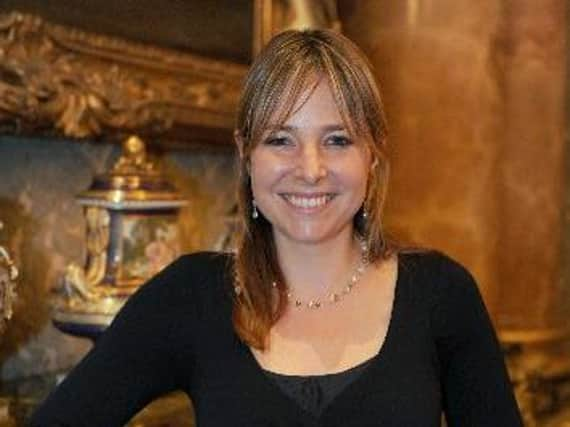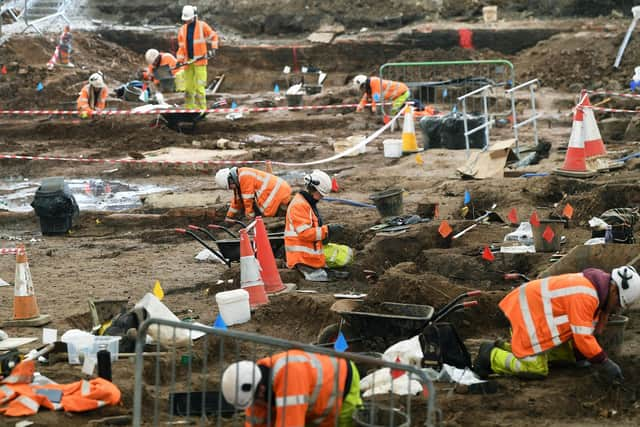BBC4's Digging for Britain to film in Hull as burial ground exhumation reveals gruesome evidence of precautions against bodysnatchers


More than 9,000 burials have been exhumed from the city’s Trinity burial ground as part of the £355m upgrade of Castle Street.
The dig has revealed gruesome evidence of the precautions people took against bodysnatchers at a time when memories of the murders by William Burke and William Hare in Edinburgh were still fresh.
Advertisement
Hide AdAdvertisement
Hide AdThe grave of a young engineer, William Watkinson was found wrapped in a cage-like structure known as a “mortsafe” to prevent grave robbers stealing the body to sell for dissection.


Evidence that his friends were right to have been concerned lay only 30 yards away - in a coffin containing the remains of a 20 to 25-year-old man, whose body had been dissected and the top of his skull sawed off to examine the brain.
The archaeologists, who have been working under huge tents next to the A63 for the nine months, have uncovered another five or six rudimentary “mortsafes” close to the northern wall of the cemetery.
Unlike the distinctive cage around Watkinson’s coffin, these have had just a few straps wrapped round them.
Advertisement
Hide AdAdvertisement
Hide AdA heartbreaking number of the remains in the cemetery - around half - were of children, and many of those were very young indeed.
The first five years of life were the most perilous, with many children dying from conditions like typhus - caused by infected mites, fleas, or lice - measles and dysentery
In labs next to the huge tents where the excavations are being carried out, a team of 10 osteologists has been examining the bones of 1,500 skeletons from the dig.
The bones are examined to look for evidence of injury, while some chronic long-term illnesses - like scurvy and rickets - can leave their mark.
Advertisement
Hide AdAdvertisement
Hide AdAround a third of the burial ground has been dug up, and in all around 9,500 burials will be exhumed and reburied onsite.
The dig is expected to end in July, with the laboratory work due to be completed by the end of August.